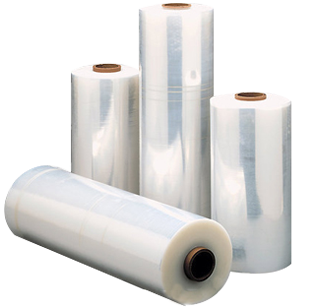Film
Superb Packaging uses all types of materials to complete the packaging needs for our customers. They are all available in unprinted film or in printed with excellent print graphics and laminating to any other material type. We are capable in providing them in several formats like single wound sheeting, Centerfold, Tubing, Monolayer, 3-9 layer Co-extrusions, Laminations.
The types of materials that we experienced at converting include all of the following:











